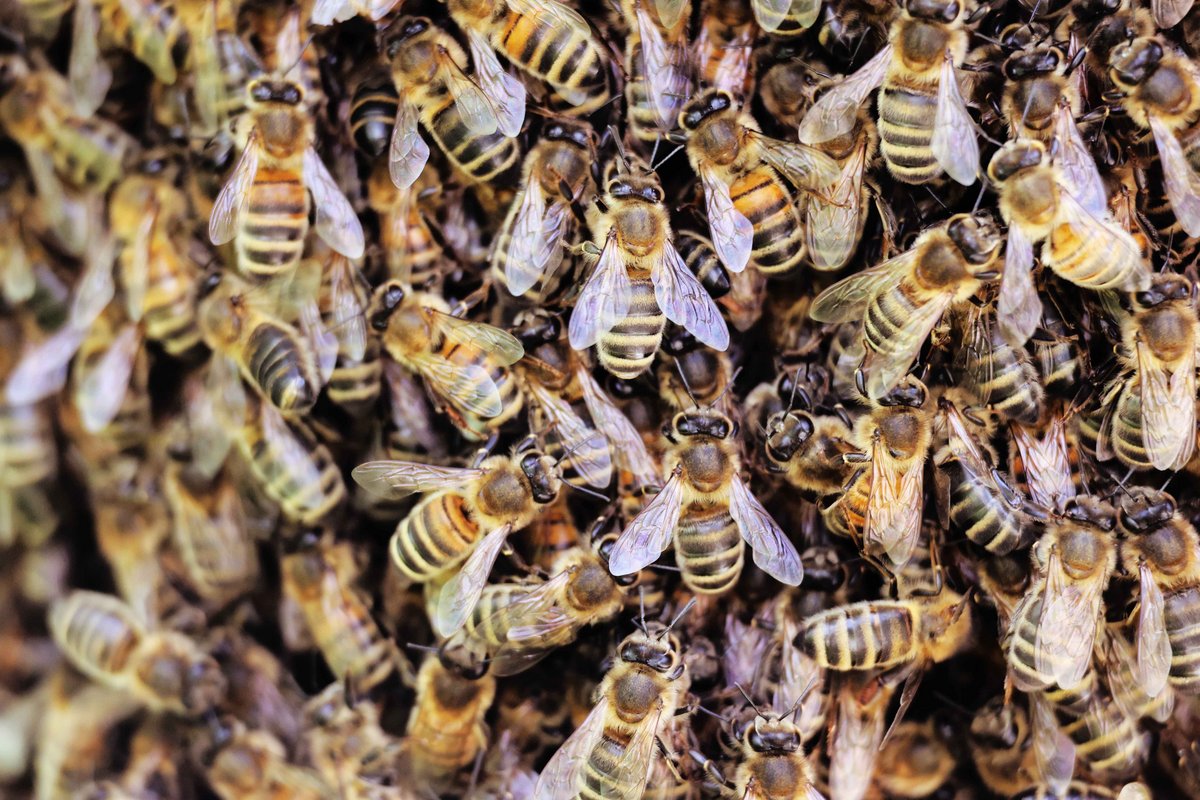
The sound of bees
Stop signals are delivered by a bee that observes the waggle dance of a sister bee advertising a certain location. The receiver of one or more stop signals will eventually interrupt the waggle dance and stop recruiting any other bee for that location. However, the precise circumstances under which stop signals are employed remain unclear.
To investigate when, how, by whom, and to whom stop signals are delivered, it is first necessary to detect these events.
Detecting stop signals using video-only tracking is very hard because (i) these events are relatively rare and hence labelled data for machine learning is extremely hard to collect and often insufficient, and (ii) the movement of a bee delivering a stop signal is extremely difficult to recognise as it can be easily confused with many other behaviours. However, when delivering the stop signal, the bee emits a peculiar sound characterised by a high pitch and high frequency.
We want to build an array of mini-microphones that will be placed within the hive, to detect the sound of the stop signals and to determine the approximate location and the exact time of each stop signal.
Overall, the primary objective is to enable the automatic detection of stop signals—a critical type of communication between foragers that is challenging to identify through visual data alone. By combining video and audio inputs, this project aims to facilitate the detection of stop signals, thereby opening up opportunities for a new range of experiments that are currently unattainable with existing methodologies.
The project seeks to enhance the CASCB infrastructure by developing a novel observation hive equipped for the automated monitoring of honeybees. The proposed system will integrate existing video recording capabilities at CASCB with new audio recording technology, representing a significant advancement in our ability to monitor honeybee behaviour.
